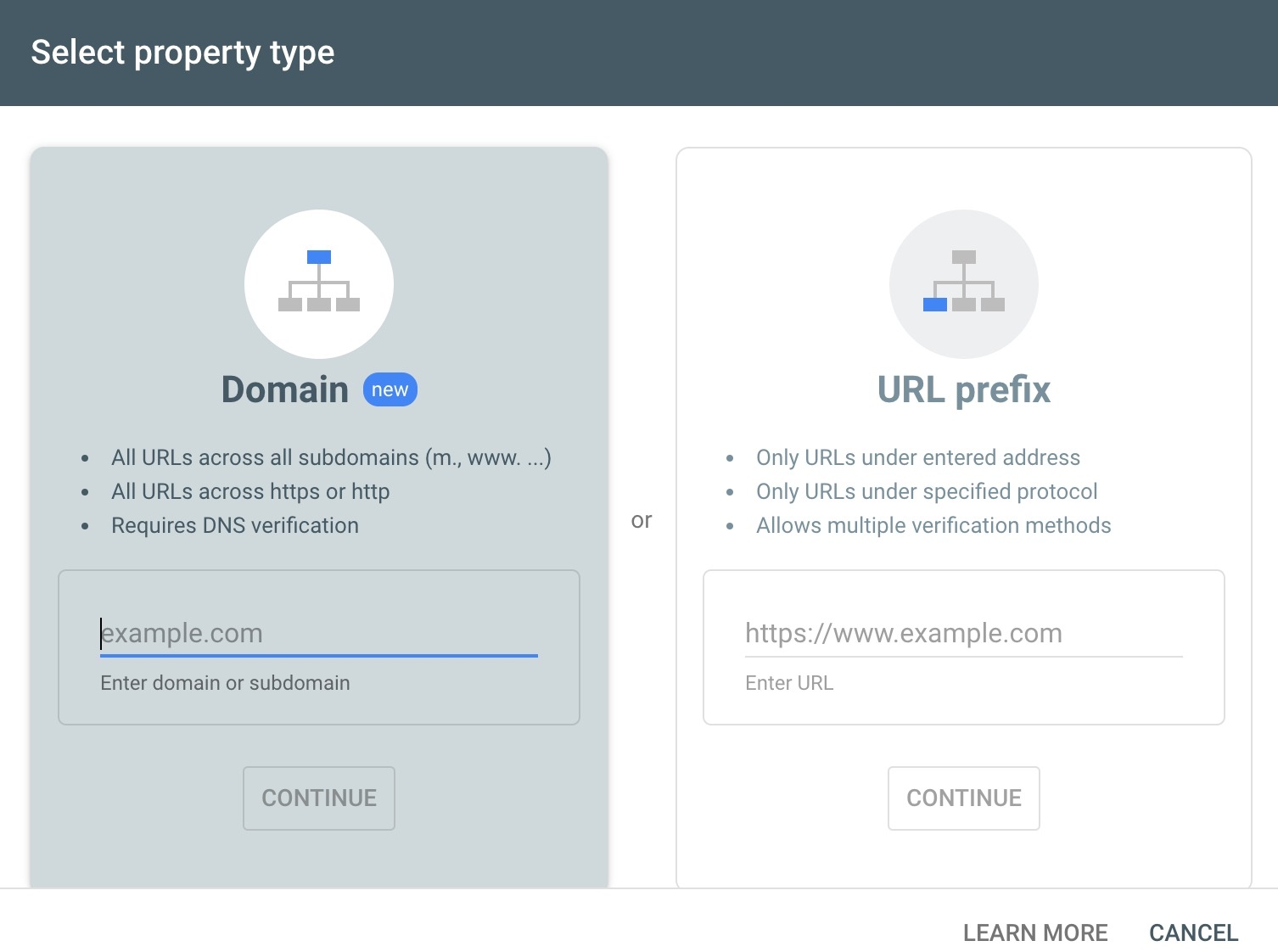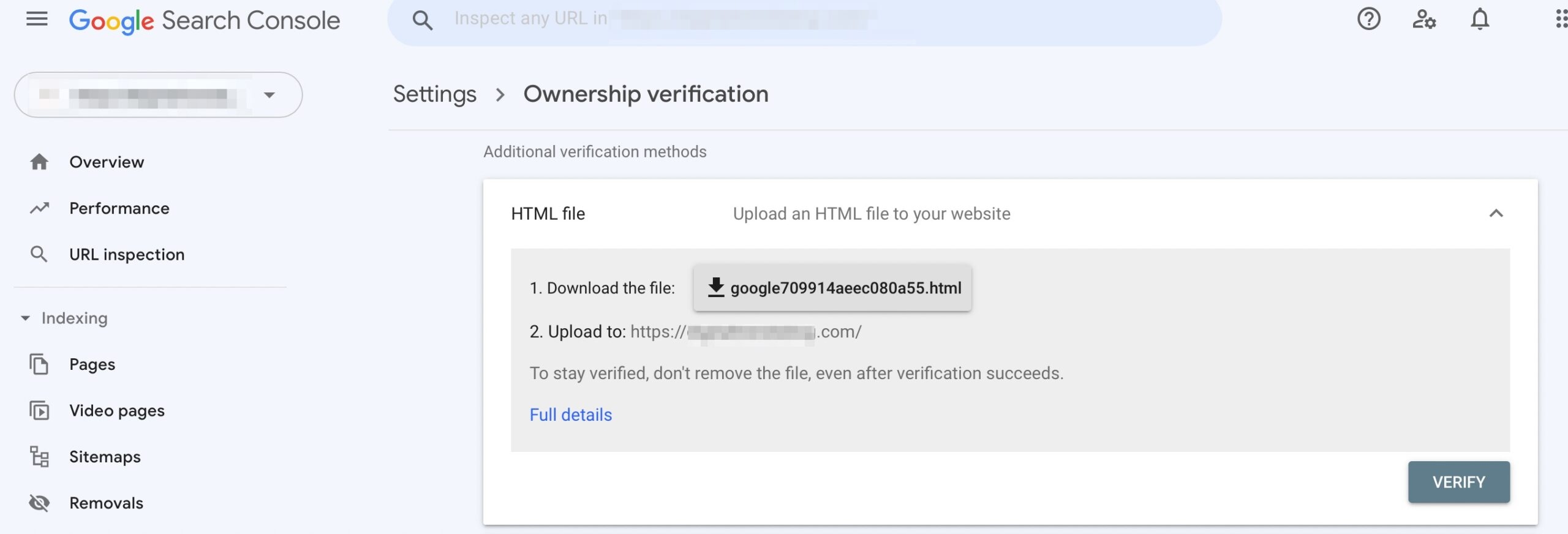
Embarking on the creation of a new website is an exciting journey filled with grand aspirations, including securing a top position in Google search results.
However, achieving that coveted spot on the first page of Google is no stroke of luck; it demands strategic planning and meticulous execution of SEO techniques right from the start.
In this guide, we'll delve into the steps to effectively optimize a new website for search engines.
From conducting keyword research to refining your website's structure and content, we'll provide straightforward instructions to set you on the path to SEO success.
So, let's dive in without delay and explore how to maximize your website's potential in the digital realm.
How to Do SEO for a New Website
Now, let's explore the process of optimizing a new website for SEO.
Choose a Domain Name
Selecting an appropriate domain name is the initial step in optimizing a new website for SEO. It's essential to choose a domain name that mirrors your website's content and purpose, ideally incorporating keywords relevant to your niche or industry.
Ensure your domain name is concise and straightforward. Shorter domain names are easier to type, recall, and share. Aim for a domain name between 15-20 characters long, excluding the domain extension (.com, .net, .org, etc.).
While .com remains the most prevalent domain extension, alternatives like .net, .org, .co, and country-specific extensions such as .uk or .au are also viable options.
When selecting a domain extension, consider your target audience and website focus. For a global audience, .com is typically the preferred choice. However, if your website caters to a specific geographic region or industry, a country code or industry-specific extension may be more suitable.
Choose a Reliable Hosting Provider
Choosing a dependable hosting provider is vital for enhancing your website's SEO performance, as it significantly influences its speed, uptime, and overall success.
Before finalizing a hosting provider, conduct thorough research into their reputation and user reviews. Explore testimonials, customer feedback, and independent evaluations to gauge the provider's reliability and performance.
Consider crucial factors such as uptime, speed, quality of support, and overall user experience to make a well-informed decision that aligns with your website's needs and goals.
Convenient and reliable hosting for your WordPress sites
Looking for good hosting for your WordPress sites? Pay attention to Host4Biz. It is a reliable hosting with modern servers in Europe and a Ukrainian team.
And with the promo code MYHOST10 you will get a 10% discount on your first payment. To do this, register here and enter the code before paying.
Create a Logical Site Structure
To optimize a new website effectively, begin by organizing your website's main categories and subcategories in a hierarchical structure. Place broad topics at the top level and nest more specific topics within them.
Next, ensure that your URLs are clear and descriptive, incorporating relevant keywords to indicate the content of each page. For instance, a URL like www.example.com/mens-fashion/shirts clearly communicates that the page contains information about men's shirts.
Internal linking is another crucial aspect of site structure optimization. By including internal links that connect related pages within your website, you facilitate navigation for both your audience and search engine crawlers.
Additionally, creating an XML sitemap that lists all the pages on your website and submitting it to search engines ensures that all pages are effectively indexed and crawled, further enhancing your website's visibility and search engine ranking.
Setup Google Search Console
To access the Google Search Console website, start by signing in with your Google account. If you don't have one yet, you'll need to create an account to proceed.
After logging in, locate and click on the "Add Property" button. Then, enter the URL of your website in the provided field. Remember to include the full URL, including the "http://" or "https://" prefix, and select the appropriate version (www or non-www) from the dropdown menu.

Before gaining access to its data and features, Google Search Console mandates website ownership verification.
You can verify ownership through various methods, such as uploading an HTML file, inserting an HTML tag, utilizing your domain name provider, integrating with Google Analytics tracking code, or employing Google Tag Manager.

After implementing your selected verification method, Google will verify the status. Upon successful verification, you'll gain access to your website's data and tools within Google Search Console.

Rank Math offers a feature that automatically generates and verifies a property for your website within Google Search Console.
Ensure Your Site is Mobile Friendly
When optimizing a new website for SEO, it's essential to prioritize mobile-friendliness.
Given the growing number of internet users accessing content through mobile devices, search engines increasingly favor mobile-friendly websites in their rankings.
To ensure your website is optimized for mobile devices, focus on implementing responsive design principles. These principles ensure that your site displays correctly and functions seamlessly across various screen sizes and devices.
This involves utilizing flexible layouts, scalable images, and adjustable text sizes to accommodate smaller screens while maintaining usability and readability.
Furthermore, prioritize achieving fast page loading times on mobile devices by reducing file sizes, implementing browser caching, and optimizing server response times. Consider utilizing plugins like WP Rocket to enhance loading speed.
You can utilize tools like PageSpeed Insights to identify areas for improvement and evaluate your site's mobile-friendliness.
Conduct Keyword Research
Conducting keyword research is a fundamental step in optimizing a new website for SEO, as it enables you to identify the terms and phrases your target audience uses to search for relevant content.
Begin by utilizing keyword research tools such as Google Keyword Planner, Serpstat, or Ahrefs to generate a comprehensive list of potential keywords related to your website's niche or industry. Focus on identifying keywords with high search volume and relevance to your content, as well as those with moderate to low competition, to enhance your chances of ranking well in search results.
Moreover, analyze competitor websites and industry trends to uncover additional keyword opportunities and refine your keyword strategy further.
Once you have compiled a list of target keywords, prioritize them based on relevance, search volume, and competition. Integrate these keywords strategically into your website's content, including titles, headings, meta descriptions, and body content.
It's essential to continuously monitor and update your keyword strategy based on performance metrics and changes in search trends to ensure your website remains optimized for maximum visibility and organic traffic. Regularly revisiting and adjusting your keyword strategy will help you maintain a competitive edge in the ever-evolving landscape of SEO.
Create Content Optimized for SEO
Developing SEO-optimized content is imperative for any effective strategy aimed at enhancing your new website's visibility in search engine results.
Analyze Search Intent
Before crafting content, it's crucial to grasp the search intent behind your target keywords. Analyze the types of queries your audience submits to search engines and discern whether they seek informational, navigational, transactional, or commercial-intent content. Tailor your content to match the search intent by delivering the most pertinent and valuable information that fulfills the user's query.
For example, if the search intent is informational, produce in-depth guides, tutorials, or how-to articles that tackle prevalent questions or challenges within your niche.
Craft Unique and Reader-Friendly Content
To captivate readers and boost your search engine visibility, incorporate visually appealing elements that supplement your well-crafted writing. Strategically integrate graphics such as photographs, video clips, and information-rich visualizations like infographics and charts.
These multimedia components not only make your content more engaging and easier to digest, but also provide an additional layer of depth and context to your unique insights and original perspectives. By striking an ideal balance between substantive textual information and visually impactful illustrations, you can create a truly immersive and memorable experience for your audience.
Cover Important Subtopics
When crafting content, strive to explore significant subtopics associated with your primary keyword or theme.
By delving into various facets of a broader subject, you deliver comprehensive value to your audience and enhance your prospects of ranking for related search queries.
Perform keyword research to pinpoint relevant subtopics and integrate them into your content strategy. Utilize subheadings to structure your content and navigate readers through distinct sections of your piece.
For example, if your focal point is digital marketing, essential subtopics might encompass social media marketing, content marketing, SEO, email marketing, and paid advertising.
Optimize for On-Page SEO
Optimizing specific elements to enhance rankings is the essence of on-page SEO. Here are the key practices:
Keyword Placement: Naturally incorporate relevant keywords in titles, headings, meta descriptions, and content.
Quality Content: Craft engaging, informative content that's original and valuable.
Meta Tags: Create concise, keyword-rich meta titles and descriptions.
URL Structure: Use clean, keyword-friendly URLs for clarity.
Internal Links: Include internal links to connect related pages and enhance navigation.
Image Optimization: Optimize images with descriptive filenames, alt text, and captions featuring relevant keywords.
Promote Your Website
Once your website is live, proactive promotion is essential to ensure its visibility.
Inform your inner circle about your new website; their support can amplify your reach.
Start building an email list from interested visitors to notify them of new content releases.
If you've referenced others in your content, reach out to them with a courteous email or direct message to inform them of your mention.
Engage in relevant online communities, sharing insights and content where appropriate, but refrain from spamming. Platforms like Reddit, Slack, or Discord offer opportunities for meaningful participation.
Track Your Performance
You can track your perfomance with Rank Math`s Rank Tracker.

The tool will track your website's ranking positions for all included keywords. This enables you to promptly assess your performance across different keywords and identify any necessary content adjustments.
Conclusion
In conclusion, mastering SEO for a new website is pivotal in building a robust online presence and generating organic traffic.
By employing tactics like keyword research, on-page optimization, and content creation, you can effectively optimize your website, enhance its visibility in search engine results, and attract valuable traffic.
By emphasizing user experience, delivering valuable content, and staying abreast of SEO best practices, you can position your new website for sustained success in the digital landscape.
Note: There are affiliate links in the link given above and if you buy something, I’ll get a commission at no extra cost to you.
